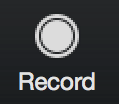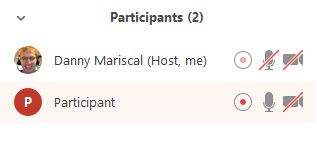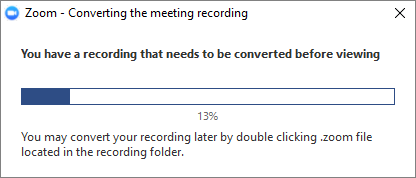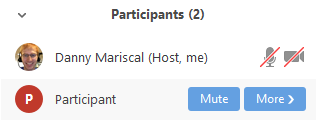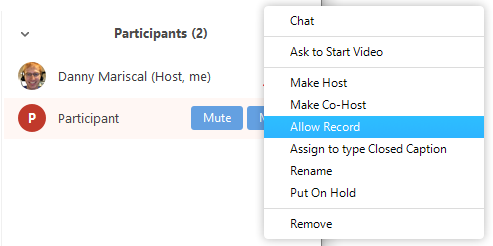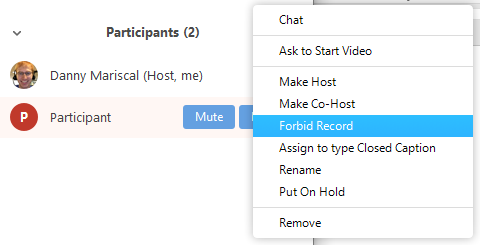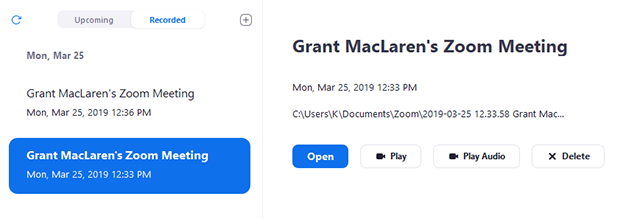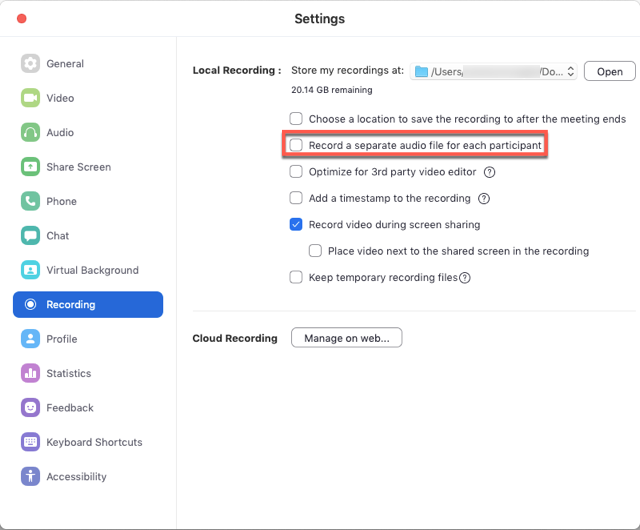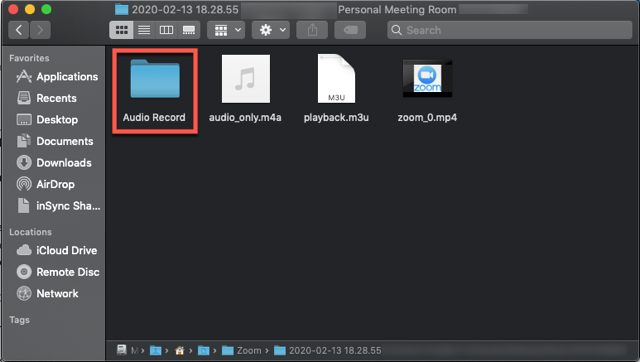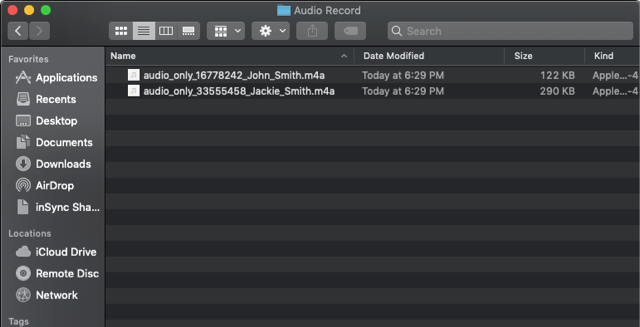Overview
Local recording allows users to record meeting video and audio locally to a computer. The recorded files can be uploaded to a file storage service like Dropbox, Google Drive, or a streaming service like YouTube or Vimeo.
This document covers the following:
- Starting a Local Recording
- Stopping or Pausing a Local Recording
- Assigning Recording Privileges to a Participant
- Assessing Local Recording Files
- Recording File Formats
- Changing Local Recording Settings
- Recording Multiple Audio Files

